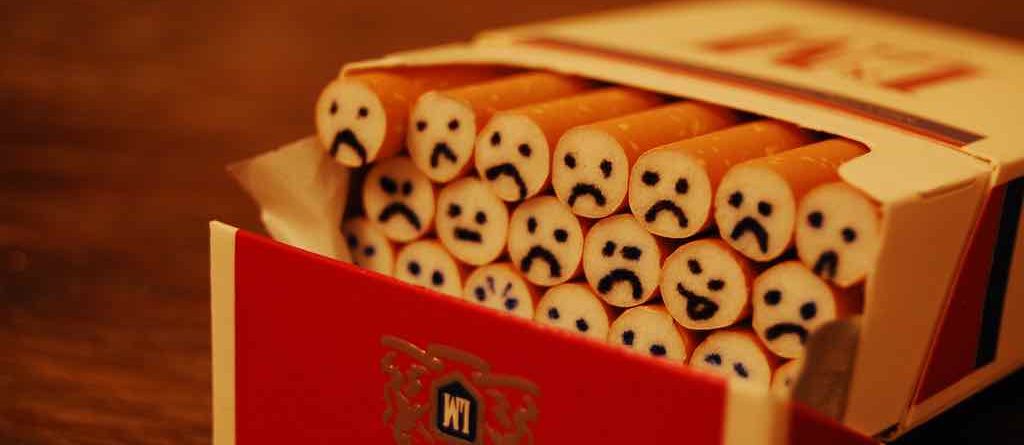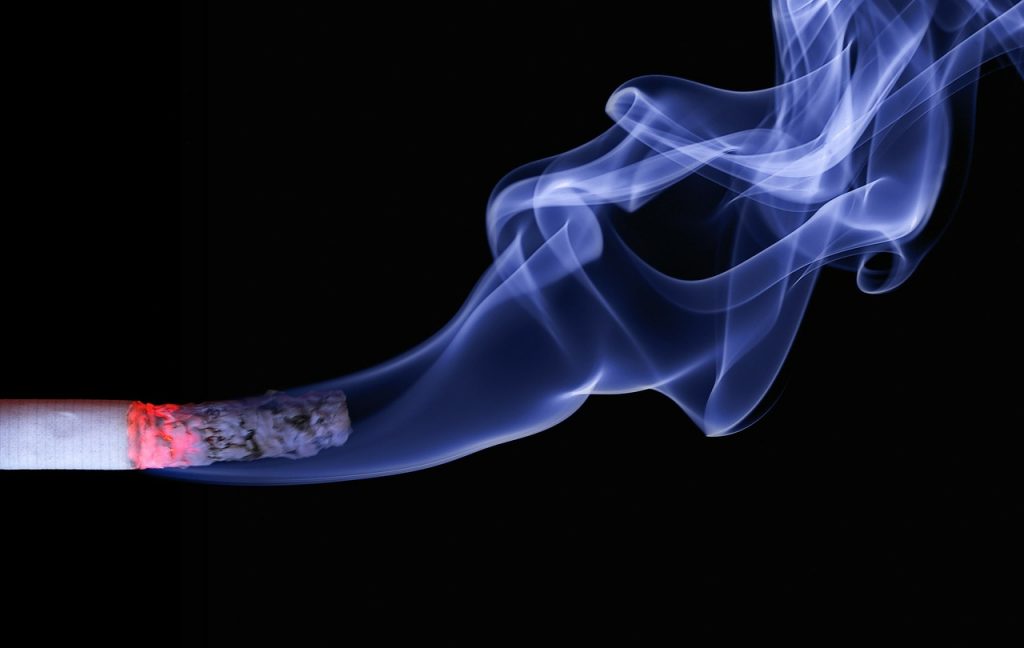Barriers to Quitting
Smokers tend to begin using tobacco products before they leave school, with 90% of addicts commencing in regular tobacco use before their 19th birthday. They are less concerned about health risks than older nicotine users and quickly become addicted to nicotine.Why do people start smoking?
There are three separate factors to consider when assessing the likelihood of an individual to start smoking; environmental factors, socio-demographic factors and individual factors.
Environmental
Parental, sibling and peer smokers can increase pro smoking ideology.
Socio-demographic
Lower socio-economic background individuals and those from ethnic minority backgrounds are more likely to smoke.
Individual
Low self-esteem, poor school/work performance, perception of smoking as ‘cool’ and a history of previous ‘risky’ habits (for example underage alcohol consumption, unprotected sex) are directly linked to starting smoking.
The rate at which individuals become daily smokers almost matches the quit rate, which means smoking prevalence is only declining very slowly.

Why is smoking addictive?
Nicotine is a natural ingredient within tobacco leaves, meaning it is present in cigarette tobacco and smokeless (oral) tobacco. Inhaling during the act of smoking a cigarette distils nicotine from the tobacco leaves.
Smokers will regulate the draw and inhalation they take of a cigarette, titrating their nicotine dose to their perceived physical need.
Nicotine is transported into the lungs on tar droplets. When these droplets reach the alveoli of the lungs the nicotine is rapidly absorbed into the blood stream.
Once within the bloodstream, the nicotine travels to the brain where it can bind to nicotinic cholinergic receptors on neurons. This facilitates the entry of calcium into the neuron upon which it has bound.
It is this movement of calcium into the neuron which facilitates neurotransmitter release.
The most important neurotransmitter released by nicotine in the causing dependence is dopamine. It is this neurotransmitter that gives the sensation of a pleasurable experience and is associated with reward motivated behaviour.
Increased availability of dopamine in the brain is synonymous with drugs of abuse. Addictive substances, such as cocaine and MDMA, release dopamine which is strongly associated with their addictive characteristics.
Stimulating acetylcholine receptors in the brain is also associated with release of acetylcholine, noradrenaline, adrenaline and serotonin. This cocktail of neurotransmitters results in the user feeling more alert and more focussed alongside modulating their mood.
The comforts of continued nicotine use are outweighed by the discomforts of quitting. Indeed, withdrawal symptoms are often cited as a reason to maintain, and relapse to, cigarette use.
The neurotransmitters released and increased availability of nicotine within the brain of a smoker results in neuroadaptation occurring.
Withdrawal symptoms typically include irritability, restlessness, depression, anxiety, issues with personal relationships, decreased concentration, increased hunger and eating and insomnia.

The most cited reason reported by smokers for continuing smoking is the perceived effect on stress levels. This is difficult to quantify; however, smokers have self-reported lower anxiety when smoking compared to when not smoking.
Peak withdrawal occurs 1-2 days’ post cessation. Interestingly, smoking cessation has been shown to ultimately improve happiness and reduce stress levels in the long term.
Bibliography & Further Reading
Acton GS, Prochaska JJ, Kaplan AS, Small T, Hall SM. Depression and stages of change for smoking in psychiatric outpatients. Addictive behaviors. 2001 Oct 31;26(5):621-31.
Baker TB, Piper ME, McCarthy DE, Majeskie MR, Fiore MC. Addiction motivation reformulated: an affective pro- cessing model of negative reinforcement. 2004 Psychol Rev 111: 33–51
Barlow, D. H. (2002). Anxiety and its disorders: The nature and treatment of anxiety and panic (2nd ed.). New York7 Guilford Press
Benowitz NL, Hukkanen J, Jacob III P. Nicotine Chemistry, Metabolism, Kinetics and Biomarkers. Handbook of experimental pharmacology. 2009(192):29.
Benowitz NL. Neurobiology of nicotine addiction: implications for smoking cessation treatment. The American journal of medicine. 2008 Apr 30;121(4):S3-10.
Benowitz NL. Pharmacology of nicotine: addiction and therapeutics. Annual review of pharmacology and toxicology. 1996 Apr;36(1):597-613.
Benowitz, N. L., P. Jacob, III, R. T. Jones and J. Rosenberg. Interindividual variability in the metabolism and cardiovascular effects of nicotine in man. J Pharmacol Exp Ther 221: 368-372, 1982.
Bergen AW, Caporaso N. Cigarette smoking. Journal of the National Cancer Institute. 1999 Aug 18;91(16):1365-75.
CDC. Cigarette smoking among adults and trends in smoking cessation — United States, 2008. MMWR Morb Mortal Wkly Rep. 2009;58:1227–32.
Cohen S, Lichtenstein E. Perceived stress, quitting smoking, and smoking relapse. Health Psychology. 1990;9(4):466.
Conrad KM, Flay BR, Hill D. Why children start smoking cigarettes: predictors of onset. British journal of addiction. 1992 Dec 1;87(12):1711-24.
Dajas-Bailador F, Wonnacott S. Nicotinic acetylcholine receptors and the regulation of neuronal signalling. Trends Pharmacol Sci. 2004;25:317–24.
Diagnostic and Statistical Manual of Mental Disorders–Fourth Edition. Washington, DC: American Psychiatric Association, 1994.
Ghodse H. Ghodse’s Drugs and Addictive Behaviour: A Guide to Treatment (4 ed.). Cambridge University Press 2010. pp. 87–92. ISBN 1-139-48567-9.
Gilbert, D. G., & Welser, R. (1989). Emotion, anxiety and smoking. In T. Ney & A. Gale (Eds.), Smoking and human behavior (pp. 171–196). Chichester, England: Wiley.
Gori GB, Benowitz NL, Lynch CJ. Mouth versus deep airways absorption of nicotine in cigarette smokers. Pharmacol Biochem Behav. 1986;25(6):1181–1184.
Grandpre J, Alvaro EM, Burgoon M, Miller CH, Hall JR. Adolescent reactance and anti-smoking campaigns: A theoretical approach. Health communication. 2003 Jul 1;15(3):349-66.
Gross J, Lee J, Stitzer ML. Nicotine-containing versus de-nicotinized cigarettes: effects on craving and withdrawal. Pharmacology Biochemistry and Behavior. 1997 Jun 30;57(1):159-65.
Hawkins V. Smoking, drinking and drug use among young people in England in 2011. Fuller E, editor. London: Health and Social Care Information Centre; 2012.
Hendricks PS, Ditre JW, Drobes DJ, Brandon TH. The early time course of smoking withdrawal effects. Psychopharmacology. 2006 Aug 1;187(3):385-96.
Hughes JR. Clinical significance of tobacco withdrawal. Nicotine Tob Res. 2006;8:153–156.
Jarvik, M. E., Caskey, N. H., Rose, J. E., Herskovic, J. E., & Sadeghpour, M. (1989). Anxiolytic effects of smoking associated with four stressors. Addictive Behaviors, 14, 379–386.
Jorenby DE, Hatsukami DK, Smith SS, Fiore MC, Allen S, Jensen J, Baker TB. Characterization of tobacco withdrawal symptoms: transdermal nicotine reduces hunger and weight gain. Psychopharmacology. 1996 Nov 1;128(2):130-8.
Kearney-Cooke A. Gender differences and self-esteem. J Gend Specif Med 1999;2:46–52.
Kobiella A, Ulshöfer DE, Vollmert C, Vollstädt‐Klein S, Bühler M, Esslinger C, Smolka MN. Nicotine increases neural response to unpleasant stimuli and anxiety in non‐smokers. Addiction biology. 2011 Apr 1;16(2):285-95.
Nestler EJ. Is there a common molecular pathway for addiction? Nat Neurosci. 2005;8:1445–9
Pickworth WB, Rosenberry ZR, Gold W, Koszowski B. Nicotine absorption from smokeless tobacco modified to adjust pH. Journal of addiction research & therapy. 2014 Apr;5(3):1000184.
Pomerleau OF, Rosecrans J. “Neuroregulatory effects of nicotine”. Psychoneuroendocrinology. 1989. 14: 407–423. doi:10.1016/0306-4530(89)90040-1.
Rose JE, Behm FM, Levin ED. Role of nicotine dose and sensory cues in the regulation of smoke intake. Pharmacol Biochem Behav. 1993;44:891–900. [PubMed]
Ross KC, Dempsey DA, Helen GS, Delucchi K, Benowitz NL. The Influence of Puff Characteristics, Nicotine Dependence, and Rate of Nicotine Metabolism on Daily Nicotine Exposure in African American Smokers. Cancer Epidemiology Biomarkers & Prevention. 2016 Jun 1;25(6):936-43.
Taylor G, McNeill A, Girling A, Farley A, Lindson-Hawley N, Aveyard P. Change in mental health after smoking cessation: systematic review and meta-analysis. BMJ (Clinical research ed.). 2013 Dec;348:g1151-.
US Department of Health and Human Services, Preventing tobacco use among young people. A report of the Surgeon General, 1994. (Public Health Service, Centers for Disease Control and Prevention, Office on Smoking and Health, Atlant 1994
Valente TW, Unger JB, Johnson CA. Do popular students smoke? The association between popularity and smoking among middle school students. Journal of Adolescent Health. 2005 Oct 31;37(4):323-9.
Photos
Addiction by Kieran Clarke. Available at https://www.flickr.com/photos/goonerpower/8016452142/in/photolist-8pRkiS-ddopW7-98eGJv-9fV5xi-oNQBYF-ohtBUH-5j9BzH-pd2EKz-5EDnDF-7gdwG9-9YuE8-5j9AMX-dfuRr8-5j9PGB-yHQvw-d5Vkiq-6DTPth-cHzsf-6DPEPK-sqHro-bBJzGy-bBJA1A-9F7XDY-7ZxCPG-bBJzVq-jeH7jz-dCMFvB-4ZqVQ1-4NPTsE-7MTzi8-auXatY-5yHU4e-bQDgst-6tDtwJ-55cZMd-9mvGAY-bbjRwc-9F6swP-7SEhuB-8BQosS-HCUGK-atBcuJ-6GcH6h-ejEvFj-4CEbE-ehY3ei-4XQYyA-6BvW1m-bQDgc6-eC2bGz Licensed under CC-BY 2.0
Why have you abandoned us? By mendhak. Available at https://www.flickr.com/photos/mendhak/2941664681/in/photolist-5tWNqz-DtRDuf-5ZyGXy-RYDQe8-rWGVkv-4soWep-iRXJcG-rzDNiA-6L9BeF-6hRF69-dadY3i-q1ren9-hygwtw-7yvf8Q-jMQas1-DXywv-F6R5cC-jMNSbi-6WUR5X-5oWf19-8LbTXA-8pRkiS-6Q62vU-6fprxV-GzFUT-7zDyuK-5v3mA-a2mFnu-srKzU-72jXNm-7UbDh5-79nKpr-6tcey8-6Tn2ru-5Y8YpR-6W4sgB-srJ7i-FqyyQ-7Rqzi-7hKDe-9a3DYJ-aje5Bm-71Ft5M-Nmp4a-8QQ77-npZz1-apoPF3-CzQFg-kCvh2B-FyevPH Licensed under CC BY-SA 2.0
Did you Know
Every 5 seconds, tobacco use is responsible for the loss of one human life.
